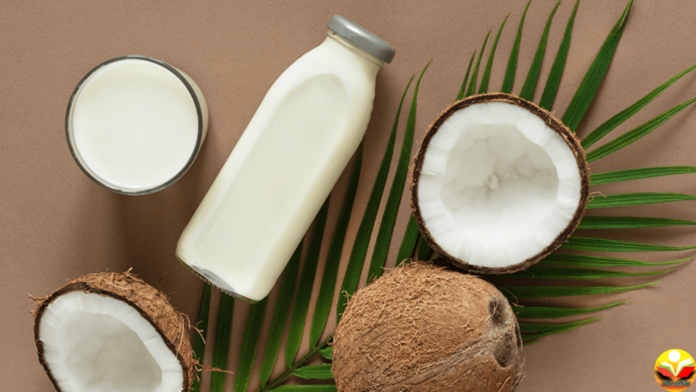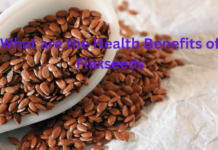Coconut milk, a versatile and popular ingredient in various cuisines around the world, is derived from the flesh of mature coconuts. Its rich, creamy texture and unique flavor make it a staple in both savory and sweet dishes. While coconut milk is commonly consumed in its fresh form, it is essential to understand how the aging process may affect its nutritional composition. In this comprehensive exploration, we will delve into the changes that occur in coconut milk as it ages and the subsequent impact on its nutritional content.
Composition of Fresh Coconut Milk
To comprehend the alterations that transpire during coconut milk aging, it is imperative to first grasp the nutritional profile of fresh coconut milk. Coconut milk is known for its high content of medium-chain fatty acids (MCFAs), particularly lauric acid. Lauric acid is a saturated fat with potential health benefits, including antimicrobial and antiviral properties. Additionally, coconut milk provides essential minerals such as manganese, copper, magnesium, and phosphorus, along with vitamins like C, E, and B-complex.
The Aging Process: Oxidation and Microbial Activity
As coconut milk ages, it undergoes a series of changes primarily driven by oxidation and microbial activity. Oxidation occurs when the unsaturated fats present in coconut milk come into contact with oxygen, leading to the degradation of lipids and the formation of free radicals. Simultaneously, microbial activity can introduce various enzymes that further contribute to the breakdown of nutrients.
Changes in Flavor and Texture
One of the most noticeable alterations during coconut milk aging is the change in flavor and texture. The fresh, sweet taste gradually transforms into a more pronounced, nutty flavor, and the creamy consistency may become thinner. These changes are a result of the breakdown of complex sugars and proteins into simpler components through enzymatic processes.
Nutrient Loss and Retention
As coconut milk ages, certain nutrients may experience degradation, while others remain relatively stable. The extent of nutrient loss depends on factors such as storage conditions, temperature, and exposure to light. For instance, the vitamin C content in coconut milk is susceptible to degradation through oxidation, leading to a reduction in its antioxidant properties. On the other hand, minerals like manganese and copper may remain relatively stable.
Impact on Medium-Chain Fatty Acids (MCFAs)
The high content of medium-chain fatty acids, particularly lauric acid, is a defining feature of coconut milk. Research suggests that the concentration of MCFAs in coconut milk may be influenced by the aging process. Some studies propose that the breakdown of triglycerides during aging may result in a higher proportion of free fatty acids, including MCFAs. Understanding these changes is crucial, as MCFAs are associated with various health benefits, including improved metabolism and cardiovascular health.
Antioxidant Activity
Coconut milk contains antioxidants that play a vital role in neutralizing free radicals and protecting cells from oxidative damage. While the aging process may lead to a reduction in antioxidant activity due to the degradation of certain compounds, it is essential to consider that the overall antioxidant capacity of coconut milk can still be significant. Exploring the dynamic interplay between oxidation and antioxidant activity during aging provides valuable insights into the nutritional implications of consuming aged coconut milk.
Probiotic Potential
In certain cases, microbial activity during coconut milk aging may introduce probiotic strains that contribute to the development of beneficial microorganisms. These probiotics can have positive effects on gut health and overall well-being. Understanding the potential probiotic content of aged coconut milk opens avenues for research into the synergistic relationship between probiotics and the existing nutrients in this culinary ingredient.
Practical Considerations: Storage and Shelf Life
To maximize the nutritional benefits of coconut milk, it is crucial to adopt proper storage practices. Factors such as temperature, light exposure, and airtight packaging can significantly impact the rate of nutrient degradation during aging. Exploring the ideal storage conditions for coconut milk helps consumers make informed decisions about its shelf life and nutritional quality.
Culinary Applications of Aged Coconut Milk
While the aging process may alter the nutritional profile of coconut milk, it also introduces unique flavors and textures that can enhance certain culinary creations. From savory curries to decadent desserts, understanding how aged coconut milk can be incorporated into various dishes allows for creative and delicious culinary experiences.
Conclusion
In conclusion, the aging of coconut milk is a dynamic process influenced by oxidation and microbial activity, leading to changes in flavor, texture, and nutritional composition. While some nutrient degradation may occur, the overall impact on the nutritional quality of coconut milk is multifaceted. Recognizing the potential benefits and drawbacks of aged coconut milk empowers consumers to make informed choices based on their preferences and nutritional priorities. As we continue to unravel the complexities of this culinary staple, further research will contribute to a deeper understanding of the interplay between aging and nutrition in coconut milk.












